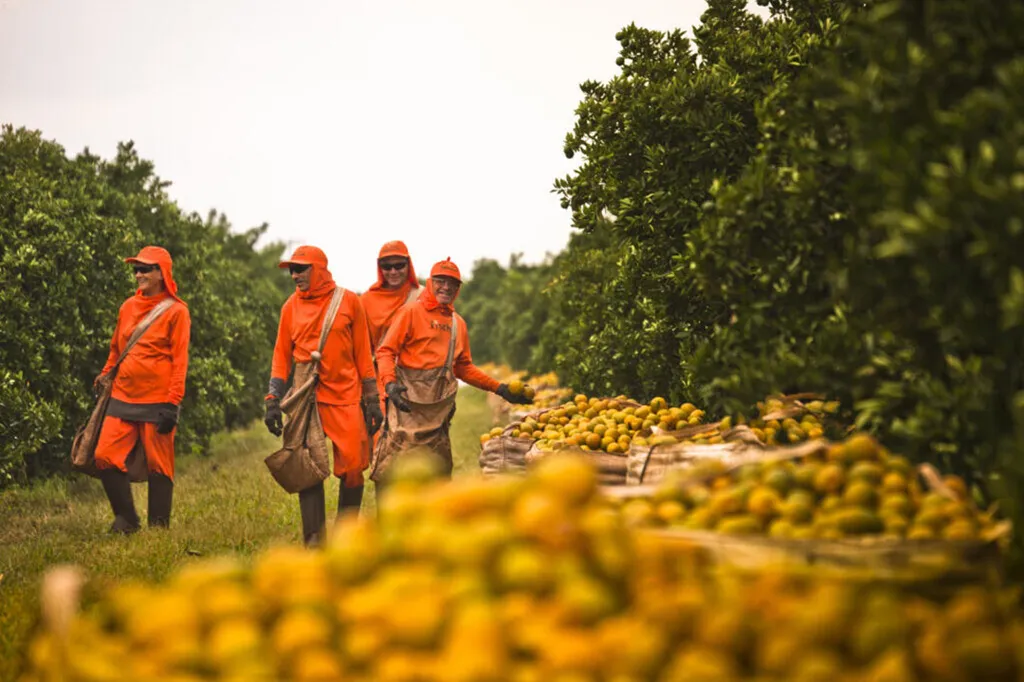In the heart of Brazil’s orange orchards, a technological challenge is unfolding, one that could reshape the future of precision agriculture. Researchers, led by L. F. Castanheiro from Embrapa Digital Agriculture in Campinas, São Paulo, have been grappling with the complexities of tree detection and segmentation using terrestrial laser scanning (TLS) in fruit-bearing crops. Their findings, published in ‘The International Archives of the Photogrammetry, Remote Sensing and Spatial Information Sciences’, offer a glimpse into the evolving landscape of agritech.
The crux of the issue lies in the fact that most tree segmentation pipelines were originally designed for boreal and temperate forests. These systems struggle with the dense, overlapping canopies of tropical crops like orange, coffee, and lime. “The complexity of these canopies presents a unique challenge,” Castanheiro explains. “Our study aims to bridge this gap by evaluating different algorithms for tree detection and segmentation in orange orchards.”
The research team assessed raster-based, point cloud-based, and hybrid algorithms, each with its own strengths and weaknesses. While stem detection proved to be more stable and accurate for identifying tree positions, canopy height models (CHM) and raster-based segmentation methods offered more comprehensive results for orange crop trees. This is a significant finding, as it suggests that the complexity of the canopy structure plays a crucial role in the choice of algorithm.
The commercial implications of this research are substantial. Accurate tree detection and segmentation can lead to more precise crop management, improved yield prediction, and better resource allocation. For instance, farmers could use this technology to monitor the health of individual trees, detect diseases early, and apply targeted treatments. This level of precision could revolutionize the agriculture sector, making it more efficient and sustainable.
Moreover, the insights gained from this study could shape the future of agritech. As Castanheiro notes, “Understanding the limitations and advantages of different algorithms is the first step towards developing more robust and versatile systems.” This research could pave the way for the development of algorithms tailored to specific crops and environments, further enhancing the precision and efficiency of agriculture.
In the meantime, the orange orchards of Brazil serve as a testament to the complexities and opportunities of modern agriculture. As researchers continue to unravel these challenges, they bring us one step closer to a future where technology and agriculture coexist in harmony, driving innovation and sustainability in the sector.

